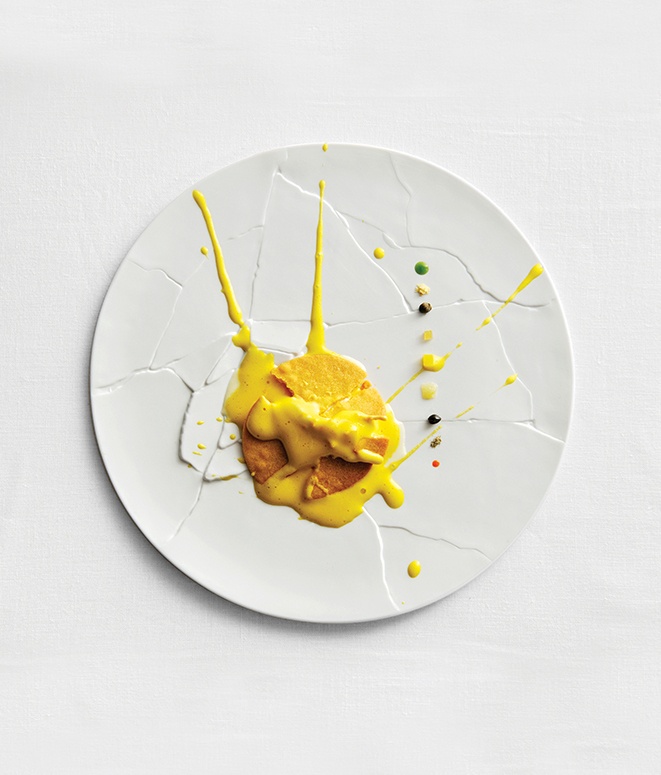By Juliet Izon
The exact definition of modernist cuisine may prove elusive—but as the saying goes, you know it when you see it. It is as much a part of the edible stones at Mugaritz as it is the intricately plated dish of bluefin tuna with black sesame and tahini at Daniel. To the uninitiated, the discipline may sometimes appear overly concerned with gases, foams, and outlandish flourishes, but modernist cooking is about more than just gadgetry. It may be true that the advent of affordable, compact tools allows any home chef to sous vide an egg for breakfast—but that alone doesn’t make one a modernist disciple.
The restaurants that best espouse the gospel of culinary modernism are not just committed to pushing the limits of fine dining from a technical or scientific point of view. They’re also undeniably delicious. The chefs that helm these kitchens develop flavors in heretofore undiscovered ways or preparations; the best meals at these establishments are akin to seeing color for the first time after a lifetime of black and white.
We’ve scoured the globe to create the ultimate bucket list for the modernist cuisine aficionado, from the bucolic California vineyards to bustling Shanghai. Bring your appetite—and your passport—for a truly delicious journey.
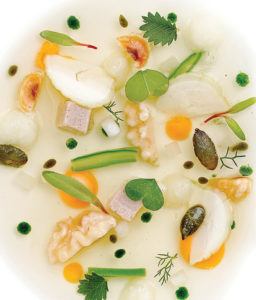
EL CELLER DE CAN ROCA | GIRONA, SPAIN
Run by a trio of immensely talented brothers, Joan, Josep, and Jordi Roca, this restaurant has its roots in traditional Catalan cuisine (their parents ran a small restaurant called Can Roca while the boys were growing up). But though the flavors here may be recognizable, the level of preparations and care put into developing each dish marks El Cellar as thoroughly modernist. Joan Roca literally wrote the book on sous vide cooking: His 2003 tome Sous-Vide Cuisine is a touchstone for all interested in mastering the technique. He even has a patent on a low-temperature cooking device called The Roner. “A dish is not just a container of bio-chemical compounds and sensorial stimuli; it is also a repository of meanings and emotions that are conveyed to the diner during the act of eating,” says one essay about the restaurant’s philosophy.
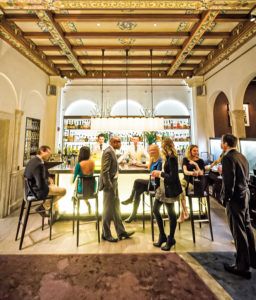
One of the finest examples of modern French cuisine in New York City is found in chef Daniel Boulud’s exquisite, two-Michelin-starred dining room. While the dishes here are certainly more classically prepared than at other restaurants on this list, Boulud always has an eye toward innovation; he has wholeheartedly embraced sous vide preparations for many of his signature creations. The kitchen uses the machine to do everything from compressing the County Line organic melons that will accompany Santa Barbara spot prawns to tenderly cooking a whole squab breast before it’s grilled over a wood fire. To see the chefs use the technique up close and personal, reserve the Skybox: an elevated, private space with seating for four that offers a view directly into the kitchen. As an added bonus, it’s filled with incredible photos and mementos from Chef Boulud’s 25 years at the restaurant.
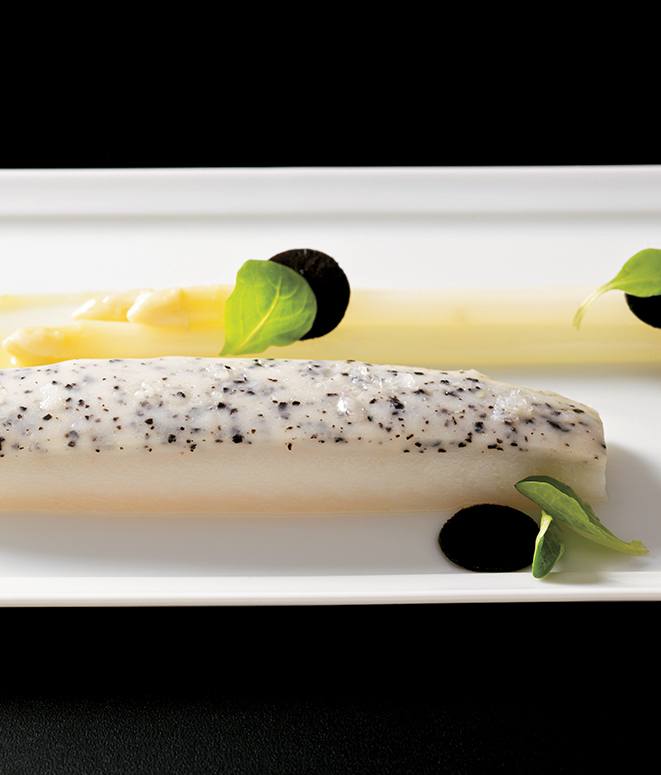
THE FRENCH LAUNDRY | NAPA VALLEY
Known as much for its impeccable French-inspired menu as its commitment to gracious hospitality, this Yountville, California, restaurant run by chef Thomas Keller has become the sine qua non for anyone interested in modern American cuisine. Sous vide is used frequently here, such as to compress fruits for added flavor or to keep a protein succulent during the cooking process. One standout dish is the beef short rib, which is cooked sous vide in its own rendered fat for 48 hours, before being grilled over almond wood. Chef de Cuisine David Breeden is quick to point out that even some modernist methods have their roots in history, however: “The techniques that we use are not modern at all; they have actually been around forever. We have just, over time, slowly evolved the original techniques by being observant and studious,” he says.
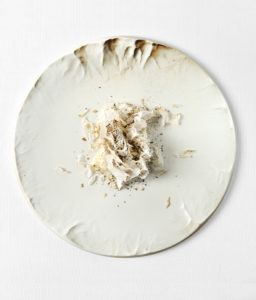
OSTERIA FRANCESCANA | MODENA, ITALY
The 2018 champion of The World’s 50 Best Restaurants list, this charming spot in Northern Italy uses “tradition seen from 10 kilometers away,” as its reigning philosophy. What that means in practical terms is classic Italian dishes reimagined through the singular mind of chef Massimo Bottura. The most famous may be his “Five Ages of Parmigiano Reggiano in Different Textures and Temperatures,” which includes the cheese (endemic to the region) in forms as varied as air and in a demi-soufflé. Bottura likens his kitchen to a laboratory, where he fashions not only food, but as the restaurant puts it, “culture, art, and design.” And indeed, many dishes—like the lacquered sous vide eel—emerge looking more like works of art than a piece of fish or risotto. While an à la carte menu is available, opt for the expansive 12-course prix-fixe, which changes according to the latest fascinations of the chef.
MUGARITZ | BASQUE COUNTY, SPAIN
The philosophy at this restaurant near San Sebastian is that it is not only the mouth that needs to be fed, but the brain. “We seek to create a context where diners give free rein to their senses to overcome the imposition of customs,” says the restaurant’s website. To live up to that standard, Mugaritz actually closes for four months every year, just to do research and development for new dishes. Chef Andoni Luis Aduriz may be Spain’s most modernist-minded chef since the great Ferran Adrià, and it shows in his beautiful creations, which take the form of anything from raindrops to communion wafers. Mugaritz was also an early adopter of sous vide, employing it since 2007 after working with Cuisine Solutions’ Chief Scientist Bruno Goussault. “Using the right tables of temperature and time you can get a perfect, homogeneous, and tasteful result,” says head of research and development Ramón Perisé on cooking with sous vide.
Certainly the most immersive restaurant in existence today, this minuscule, windowless 10-seat space in Shanghai uses lights, sounds, music, and scents to envelop the diner in a surreal world. As each course of the 20-course set menu is served, the atmosphere changes to suit the food; anything could happen, from a blast of cool air to a full-room projection that dances across the walls and communal table. Chef Paul Pairet’s motivation is to induce the so-called “psycho-taste,” the sensation that can happen when food is accompanied by a finely curated atmosphere. Sous vide is used to prepare meat, fish, vegetables, and even infused water. The food is known for its cheekiness: one famed dish is the “Tomato Mozza and Again,” which features two identical platings side by side, although one is savory, one sweet. Regardless of the theatrics, Ultraviolet’s mission statement is firm: “The food always leads.”
Related Articles VIEW ALL ARTICLES
Dining
Dining in the District
Follow along as we dine and drink at the best sous vide spots in Washington, DC.
Read More >Dining
Taste the Nation: West Coast
As we document new takes on classic dishes as well as the next frontier in culinary innovation, we're traversing the U.S. and sharing the most inspiring updates. Final stop: the West Coast.
Read More >Buy the Magazine
Buy NowDedicated to the Art & Science of Sous-Vide
The first publication devoted to the art and science of sous vide cooking, featuring innovative recipes, visual inspiration, expert techniques for cooking sous vide at home, and exclusive interviews with world-class chefs.
